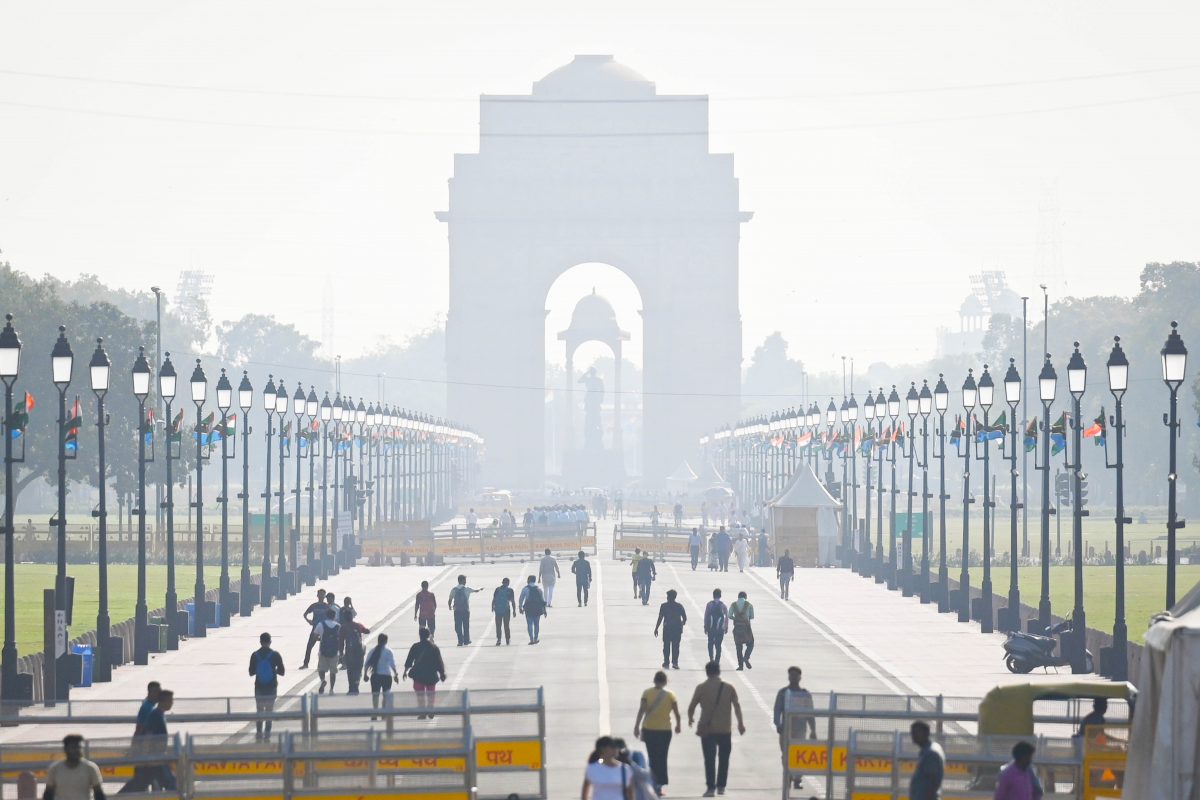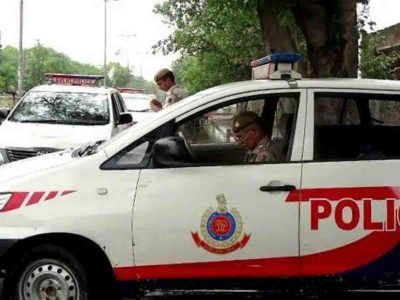Delhi experienced a worsening of air pollution on Tuesday morning due to adverse meteorological conditions, signaling a prolonged period without relief.
As per data obtained from nine out of the 40 monitoring stations in Delhi, the city’s air quality index (AQI) registered at 363, marking it under the ‘very poor’ category, by 8 am.
However, the remaining monitoring stations failed to provide sufficient data for indexing, according to the Central Pollution Control Board’s mobile application Sameer.
Despite expectations of relief from rain, pollution levels in Delhi surged post-Diwali, accompanied by a resurgence of a smoky haze due to the flouting of the firecracker ban on Diwali night.
IQAir, a Swiss air quality monitoring company, reported Delhi as the most polluted city globally on Monday, followed closely by Lahore and Karachi in Pakistan. Mumbai and Kolkata also ranked fifth and sixth, respectively, among the world’s most polluted cities.
On Diwali day, Delhi witnessed its best air quality in eight years, recording an AQI of 218 at 4 pm on Sunday. However, the late-night bursting of firecrackers led to a spike in pollution levels due to the prevailing low temperatures.
The AQI escalated from 275 at 7 am on Monday to 358 by 4 pm, tipping into the ‘very poor’ category on the pollution index scale.
An official from the Commission for Air Quality Management (CAQM) attributed the post-Diwali pollution surge primarily to firecrackers and farm fires.
The concentration of PM2.5, fine particulate matter known to penetrate deep into the respiratory system, exceeded the safe limit of 60 micrograms per cubic meter by 30 to 35 times in many areas.
The act of bursting firecrackers escalated PM2.5 levels, with places like Okhla and Jahangirpuri recording levels exceeding 1,000 micrograms per cubic meter in the early morning.
Post-Diwali, cities across India experienced a rapid rise in air pollution levels, as evidenced by data from various pollution control boards.
According to Delhi Pollution Control Committee (DPCC) data, PM2.5 pollution levels at Jawaharlal Nehru Stadium peaked at 1,423 micrograms per cubic meter by 2 am on Monday before gradually decreasing to 101 micrograms per cubic meter by noon due to an increase in temperature.
An analysis by the DPCC revealed a 45% increase in the concentration of fine, lung-damaging particulate matter PM2.5 and a 33% increase in PM10 compared to the previous year.
Additionally, nearly all air quality monitoring stations in Delhi recorded higher pollution levels on Diwali day compared to the previous year.
To combat the escalating pollution, stringent measures under the Graded Response Action Plan (GRAP), such as banning construction work and restricting the entry of polluting trucks into the national capital, will continue until further notice, confirmed the CAQM official.
The rise in stubble burning incidents, coupled with unfavorable meteorological conditions, necessitates continual review and immediate action.





